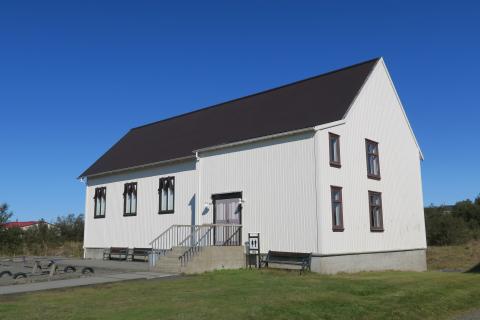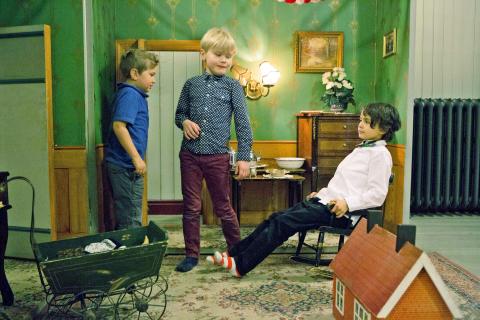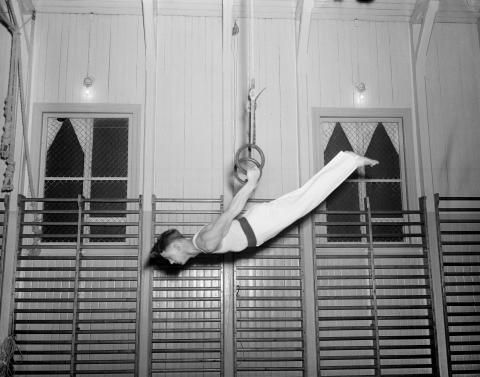
In 1897, the Catholic congregation built a church on the fields of Landakot, the first since the Reformation. The church, consecrated to the Sacred Heart of Jesus, is an excellent example of prefabricated houses imported from Norway during the 19th and 20th centuries. When the new church (The Cathedral of Christ The King) was built in 1929, the Catholic Church donated the older building to Íþróttafélagið Reykjavíkur (ÍR), The Reykjavík Athletic club, on the condition that the building was relocated to the junction of Túngata and Hofsvallagata. The building was used as a sports hall until the turn of the century when the Catholic Church requested that ÍR relocate the building to another site in Reykjavík. In 2004, it was moved to the Árbær Open Air Museum, where it now houses various installations, including the popular toy exhibition "Come and Play!"


French Catholic missionaries purchased the land that Landakot stood on in 1859. They built a chapel on the grounds in 1860, which was the first Catholic house of worship since the Reformation. In 1897, a wooden church was built in the middle of Landakot field, the building which is now in Árbær Open Air Museum. The wooden church was imported, ready-made from Norway. In 1929, it was decided to donate the church to the Reykjavík Sports Club (ÍR) and then build a new concrete church on the same site.
When ÍR received the house, three conditions followed. Firstly, the sports club had to move the building from its original setting to the corner of Túngata and Hofsvallagata. Secondly, ÍR would pay rent for land use, and thirdly, pupils of Landakotsskóli School would get PE lessons free of charge.
Moving an entire house of worship was no mean feat in 1929. The first step was to raise the church so that logs could be placed underneath it. The logs were covered in whale oil and then green soap. The church was then pulled out on Túngata, where logs had been placed athwart to the others. The move was slow, as the building was pulled one house length per day. A wire had been wrapped around the church, fastened to a hand-turned capstan which four men turned. When the house had been pulled to the street corner, it was then dragged onto a concrete basement. The whole move took about a week.
During the 70 years the house served as a sports hall, several international records were set. In 1961, Vilhjálmur Einarsson set a world record in the high jump without a run-up. Jón Þ. Ólafsson set the Nordic record in the high jump with a three-metre run-up, and Valbjörn Þorláksson jumped 3.9 metres in the long jump in the house.
The house was later moved to Árbær Open Air Museum in 2004.

